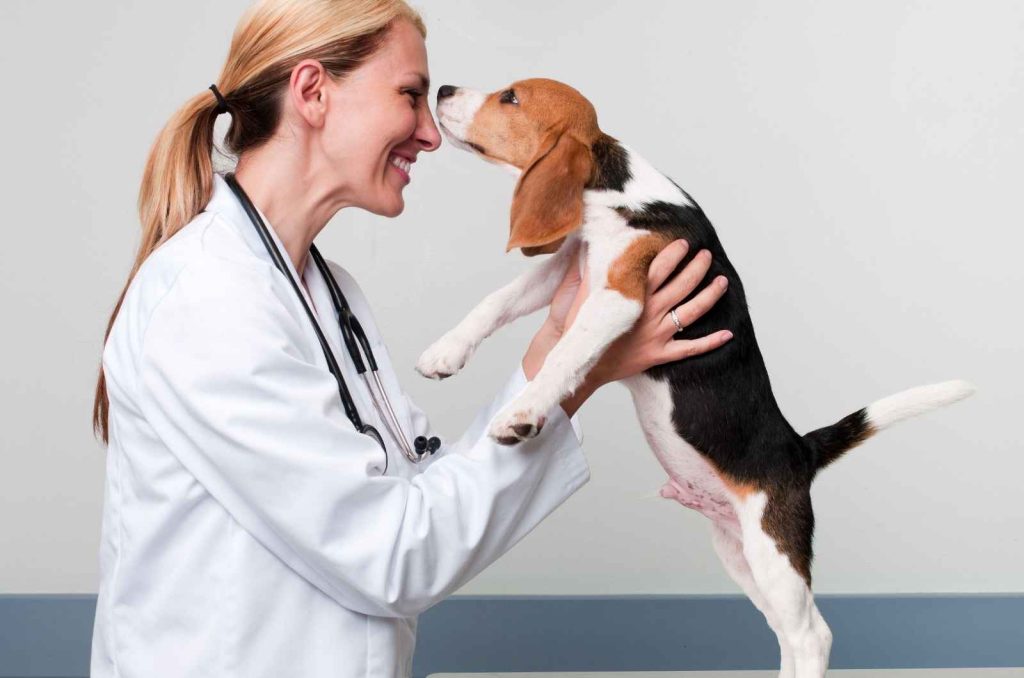
Imagine looking into the eyes of your loyal companion, that irreplaceable furball that makes your heart swell with love, only to see a look of unease and embarrassment. Unfortunately, dog incontinence can sneak up on even the most attentive dog parents, turning those joyful walks and playtimes into moments of stress and discomfort for your pet.
No pet parent wants to see their furry friend struggle with such a troublesome condition. That's why we're taking a deep dive into understanding dog incontinence–from its causes and symptoms to the most effective treatments available. This exploration into dog incontinence isn't just about finding solutions, but about ensuring our dogs are always as happy and healthy as they can be. After all, their happiness is irrevocably linked with ours.
Understanding Dog Incontinence: Causes and Symptoms
Dog incontinence, a condition that could greatly affect your pet, refers to a lack of control over urination or defecation. Various factors can contribute to dog incontinence, such as aging, urinary tract infections, bladder stones, spinal cord diseases, diabetes, or even congenital abnormalities.
Identifying the symptoms early on is crucial for a successful treatment. Common signs include frequent urination, straining when urinating, and dribbling urine. More subtle indicators could be constant licking of the area, wet spots where the dog has been sitting or lying, or a distinct odor of urine.
The impact on the dog's wellbeing should not be underestimated. Chronic incontinence can lead to skin infections and discomfort, not to mention the stress it can cause for both the pet and its owner. Recognizing the signs and understanding the causes is the first step towards seeking the appropriate dog incontinence treatment – BIOCHANGE.
Choosing the Best Dog Incontinence Treatment
If your furry companion is experiencing incontinence, it's paramount to seek proper treatment promptly. It not only improves their physical well-being but also considerably alleviates associated psychological distress. Take your pet for a veterinarian consultation at the first sign of incontinence. It's essential for correct diagnosis and identifying an appropriate course of treatment.
Available Treatment Options
Several treatment options exist for dog incontinence, from medication to surgery. Medicine is generally the first line of treatment, solving a significant number of the incontinence cases. However, for cases where medication proves unsuccessful, surgical options are available, although these carry their own set of potential risks and rewards.
Choosing the Right Treatment
Choosing the best treatment method requires a careful analysis of available options against their respective side effects, success rates, and costs. Remember, the most expensive treatment is not necessarily the most effective. What works best will often depend on your dog's specific needs, condition and lifestyle. For instance, older dogs might not be good candidates for surgical treatment due to other underlying health issues.
Considering Your Dog's Needs
Prioritize your pet's comfort and quality of life when deciding on a treatment strategy. Consider their age, size, breed, and overall health status. Personalized treatments usually yield the best results. After all, your mission is to alleviate your pet's incontinity, not to compound their discomfort with unsuitable treatment methods.
Lifestyle Adjustments and Support for Incontinent Dogs
Dog incontinence can be demanding for both the pet and the pet owner. While treatments are pivotal, lifestyle adjustments and sufficient supportive care significantly contribute to managing the condition effectively. This entails elements like hygiene practices, using suitable protective products, psychological support, and creating a safe and cozy environment for the pet.
Tending to Hygiene and Using Protective Measures
Proper hygiene is a non-negotiable aspect. Consistent cleaning of the affected areas helps prevent skin infections and rashes that might compound the dog's discomfort. Additionally, a variety of protective products are available in the market. These include dog diapers, waterproof bed covers, and pee pads, which safeguard your home surfaces while keeping your dog comfortable.
Being Emotionally Supportive
It's vital not to underestimate the psychological impact of incontinence on your pet. Dogs may feel stressed or embarrassed due to their inability to control their bladder. As a pet parent, it's crucial to reassure them with affection and understanding, helping them to regain their confidence.
Creating a Comfortable Environment
Your pet's environment plays an integral role in their well-being. As we delve into dog incontinence treatment in our next section, remember that a safe, comfortable and clean living space can significantly alleviate the stress and discomfort associated with incontinence in dogs. For example, maintaining a regular routine for meal times and walks provides structure and aids in managing incontinence.
Above all, patience and empathy are instrumental in navigating through this journey with your beloved pet.
